To prevent your street machine, muscle car, or even your daily driver from overheating, it’s important to keep your cooling system running properly.
We’ve compiled eight essential cooling system checks to help your ride survive the summer.
Check the Coolant Level
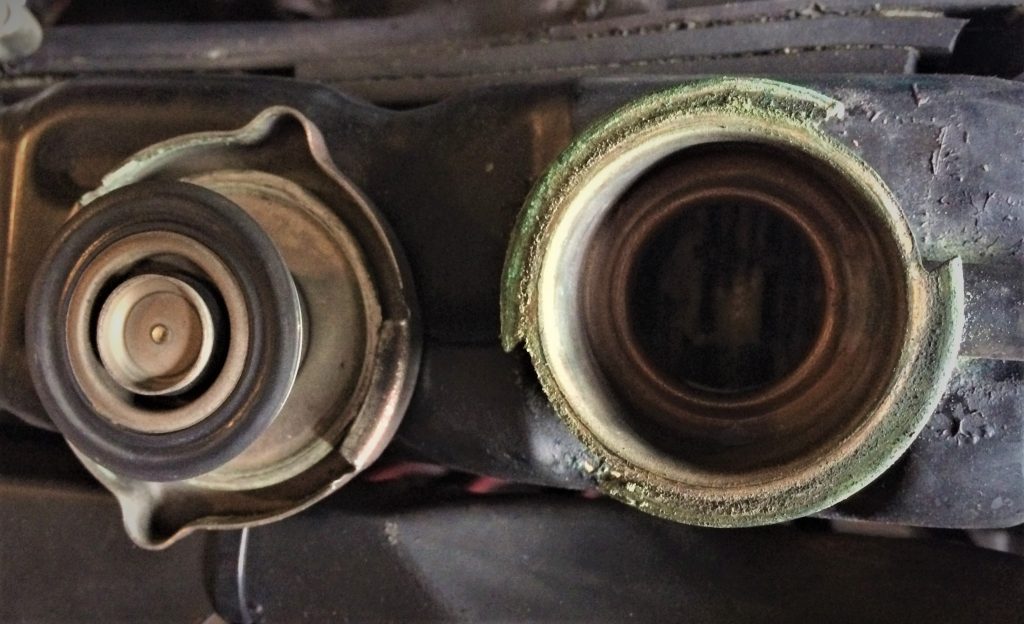
It goes without saying—you need the right amount of coolant in your cooling system to keep up with the summer heat.
Some vehicles have an coolant expansion tank; others do not. If your car or truck has an expansion tank, you can remove the cap from the expansion tank and add the necessary water/antifreeze mix if necessary. Fill the tank to the cold level mark or hot level mark, depending on the condition of the engine.
If the expansion tank does not have a removable cap—or if your vehicle does not have an expansion tank at all—the radiator cap must be removed to check the coolant level. To safely remove the cap, press down and turn toward the safety stop until any pressure has been released. Then, remove the cap completely.
CAUTION: Never remove the radiator cap from a hot engine!
Boiling coolant or steam can pour from the filler neck and harm you.
Test Your Antifreeze Strength
By using a hydrometer, you can test the strength of your existing antifreeze. A hydrometer allows you to draw a small amount of coolant from your system and shows you the freezing point of your coolant.
There are a few different types of hydrometers, including float and ball hydrometers. As you may have guessed, a float hydrometer utilizes a float to indicate the strength of the coolant. Once you draw in the coolant by squeezing the hydrometer’s rubber bulb, the float will stick out from the coolant. The higher the float sticks out of the coolant, the stronger the coolant. A thermometer and scale on the side of the hydrometer shows exactly how low the temperature must go before freezing.
A ball hydrometer uses a set of balls—usually four or five—to indicate coolant strength. The stronger the coolant, the more balls that will float.
Test Your Thermostat
There a few ways to make sure your thermostat is working properly.
One old-school way is to suspend your thermostat in a solution of coolant. You can then heat the coolant to about 25 degrees F over the temperature stamped on the thermostat. At this point, the thermostat should open. After allowing the solution to cool to about 10 degrees F below the number on the thermostat, you can re-submerge the unit in the coolant solution. It should now completely close.
If the thermostat does not open and close properly, replace it.
Check Hoses and Connections

Cracked or worn hoses and bad connections can allow air to get into your cooling system.
To check your hoses, simply squeeze them. The hoses should not collapse easily. You need to replace any hoses that are soft, rotted, or swollen. All connections should be examined to ensure they are tight.
Check Exhaust Gas Leakage into Cooling System
Exhaust gas within your cooling system can corrode your radiator and other cooling system components. It can also be a symptom of a defective head gasket, which is where exhaust gas most commonly enters the cooling system.
An exhaust gas analyzer can detect exhaust fumes from within the cooling system. Simply hold the analyzer’s probe above the filler neck (with the cap removed), and the analyzer will detect any gases present. Do not put the probe directly into the coolant!
Pressure Test Your Cooling System
You can detect any leaks in your cooling system with a radiator pressure tester. Here’s how it typically works:
- Fill the radiator to about 1/2-inch below the bottom of the filler neck.
- Wipe the sealing surface and attach the tester.
- Operate the pressure tester pump to apply pressure no greater than 3 psi above the manufacturer’s specification.
- If the pressure holds steady; the system is not leaking.
- If the pressure drops; there are leaks.
- Check the pressure tester’s needle with the engine warm and at about 3,000 rpm. A fluctuating needle may indicate an exhaust gas leak.
Pressure Test the Radiator Cap
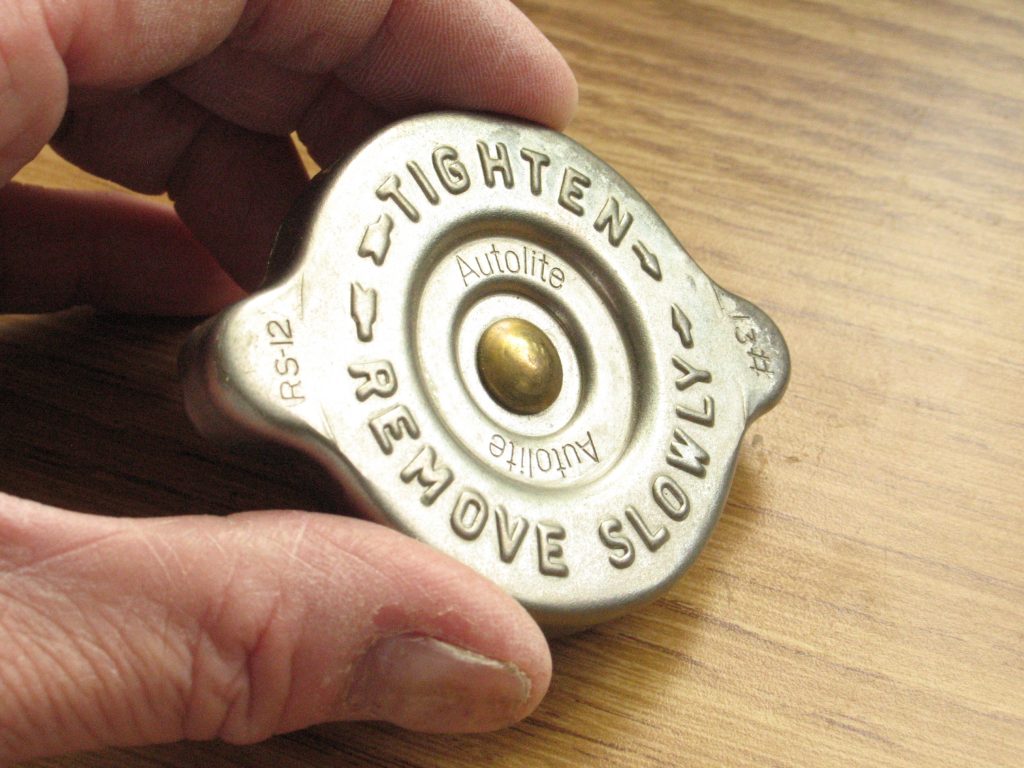
You can also use your pressure tester and a special adapter to test the radiator cap. If the cap is unable to hold its rated pressure, it may allow coolant loss and eventual engine overheating. You will need to replace the radiator cap.
Test the Drive Belt
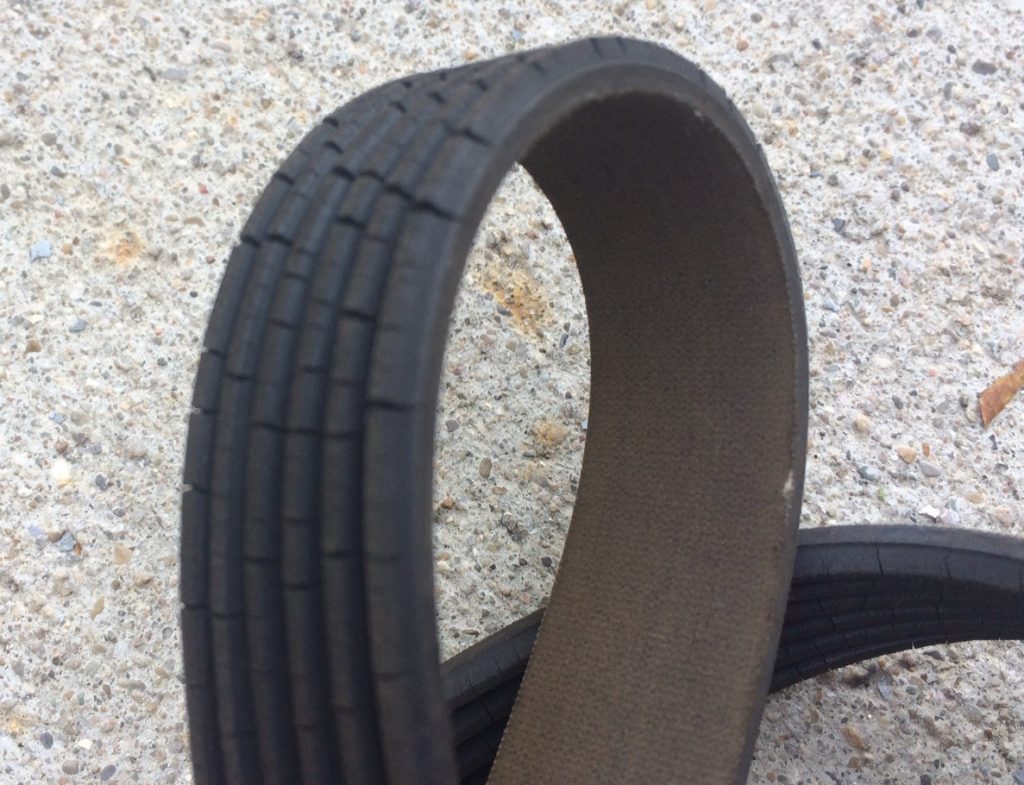
Check your water pump belt for wear and tension.
If you hear a high-pitched squeal, you may be dealing with a loose or slipping belt. The water pump will be unable to turn fast enough to deliver proper coolant circulation. In addition, the alternator may not turn quickly enough to keep the battery charged.
To check a V-belt (always with the engine off), twist the belt in your fingers and look for small cracks, grease, glazing, tears, or splits. If you notice any of these characteristics, replace the belt. And if you have two V-belts, replace both at the same time to ensure proper operation and wear.
When inspecting a serpentine belt, look for excessive wear, glazing, or frayed cords. If you need to install a new serpentine belt, make sure that all the ribs fit into the pulley grooves. Also, be sure to remove any old belt material that may be lodged in the pulley grooves.
Most serpentine belts have a belt tensioner to maintain proper tension on the belt, and you can look at the tensioner for signs of wear as well. To ensure it is operating smoothly and effectively, we’d recommend replacing the tensioner if your engine is over 100,000 miles.
Finally, any rusted pulleys should be replaced to prevent premature wear on the belt.

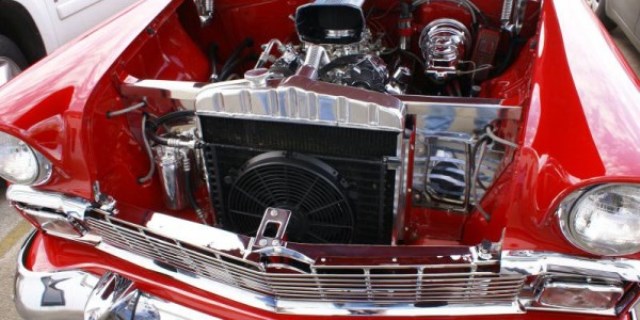
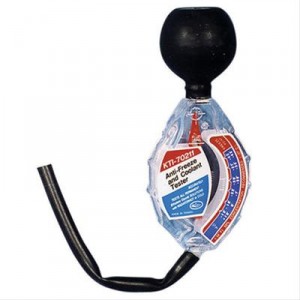
Just today I flushed out that darn orange coolant…..went bank green with adding royal purple ice ….new idler pulley’s , new belts, hoses and exhaust {Taylor made} gaskets…..coolant tested good at -45 degrees faranheit ….my 172,062 mile engine needed all this and now runs
so quietly unless I step on it to listen to my 3 inch thrush muffler [Dyna-Max},,,,
Hi congratulations for this information. Is great to remind us these simple steps, specially for the young people. They need to know this. No matter if it a male or female. They need to be aware and prepare . Thanks
Summer days are referred to as “Dog Days” because shortly after dark, Sirius, the brightest star in the sky is directly overhead. Sirius is the principal star in the constellation Canus Major, (or “Greater Dog”) and is often referred to as the “dog star”, hense “the Dog Days of Summer”.
Recently one of my cars ended up being very warm during a trip back home. I wanted to know what might be the cause and so I appreciated it when you noted that bad hose connections or cracks can prevent the cooling system from working properly. It’s been a while since I ever had the interior parts of my car checked out so I’ll look for an auto-repair place that can see if my cooling system needs any help. Thank you for your article!
helpful